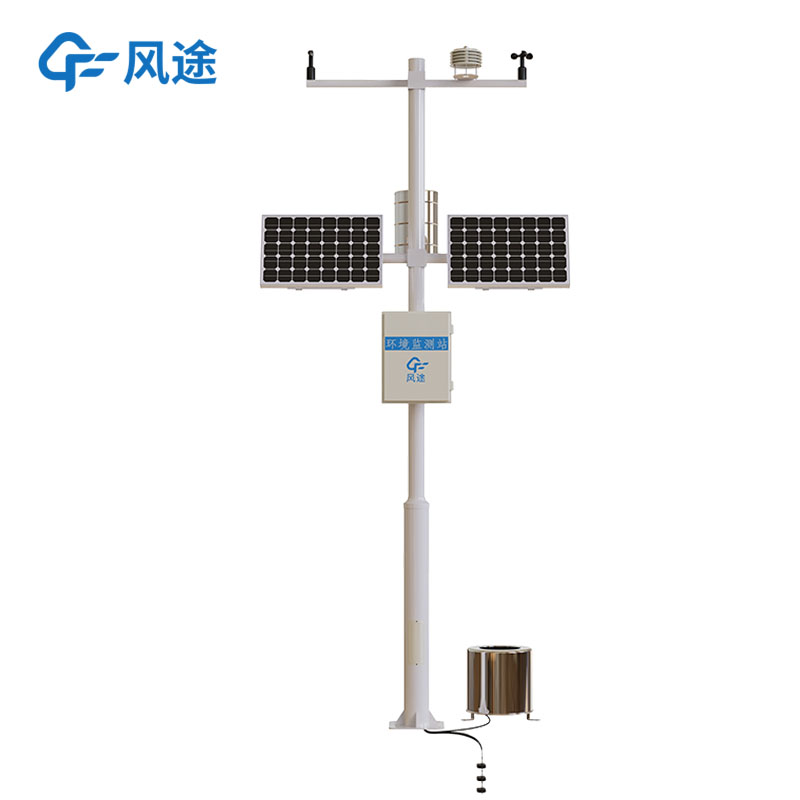I. Equipment Composition
Sensor System
The core of the Farmland Weather Station is the sensors, which are used to monitor various meteorological parameters in real - time. Common sensors include:
Temperature Sensor: Measures the air and soil temperature.
Humidity Sensor: Measures the air and soil humidity.
Wind Speed and Direction Sensor: Monitors the wind speed and direction.
Precipitation Sensor: Measures the rainfall.
Light Intensity Sensor: Measures the solar radiation intensity.
Soil Moisture Sensor: Monitors the soil humidity.
Barometric Pressure Sensor: Measures the atmospheric pressure.
Data Collector
The data collector is used to collect the data transmitted by the sensors, and perform preliminary processing and storage. It usually has multi - channel input interfaces and supports various communication protocols.
Data Transmission Device
The data transmission device is responsible for transmitting the collected meteorological data to the data processing and analysis system. Common transmission methods include wired transmission (such as RS485) and wireless transmission (such as GPRS, LoRa, Wi - Fi).
Power System
The Farmland Weather Station usually adopts a solar - powered system, equipped with solar panels and batteries to ensure stable operation in areas without power supply.
Protective Equipment
It includes lightning protection devices, protective boxes, and observation brackets to protect the equipment from severe weather and external interference.
Software System
The meteorological data can be stored and analyzed through a cloud platform. Users can remotely view and manage the data via mobile phones or computers.
II. Site Selection and Installation
Site Selection Principles
The weather station should be selected in an open and unobstructed area to avoid the impact of buildings, trees, etc. on the monitoring data.
The area around the site should be far away from railways, roads, and tall crops. It should be at least 200 meters away from the railway subgrade and at least 30 meters away from the road subgrade.
Avoid high - magnetic - field and radiation areas.
Installation Steps
Install the brackets and sensors, ensuring that the sensors are firmly installed and in the correct position.
Configure the data collector and transmission device to ensure that the data can be transmitted in real - time.
Install the power system to ensure stable power supply for the equipment.
Conduct system debugging to ensure the normal operation of all equipment.
III. Maintenance and Calibration
Regular Calibration
The sensors need to be calibrated regularly to ensure the accuracy of the data. It is recommended to calibrate every six months or as required by the equipment manufacturer.
Daily Maintenance
Regularly clean the dust and debris on the sensors and protective covers, and check the operating status of the equipment.
IV. Application Scenarios
The Farmland Weather Station is widely used in scenarios such as farmlands, greenhouses, and orchards. It helps farmers to master meteorological information in real - time and scientifically guide agricultural activities such as irrigation, fertilization, and pest control.
By reasonably configuring and installing the Farmland Weather Station, accurate meteorological data support can be provided for agricultural production, improving the modernization level of agricultural production.

Article address:https://www.sqqx.net/en/news/534.html

 +86 15898932201
+86 15898932201



